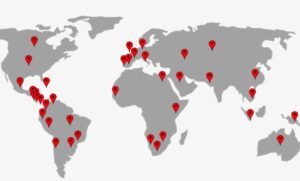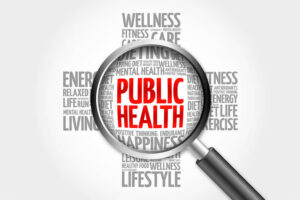Survival of pediatric patients with a brain tumor has increased over the past 20 years, and increasing evidence of iatrogenic toxicities has been reported. In follow-ups, images are acquired at different time points where substantial changes of brain morphology occur, due to childhood physiological development and treatment effects.
To address the image registration complexity, we propose two multi-metric approaches (Mplus, Mdot), combining mutual information (MI) and normalized gradient field filter (NGF). The registration performance of the proposed metrics was assessed on a simulated dataset (Brainweb) and compared with those obtained by MI and NGF separately, using mean magnitude and mean angular errors. The most promising metric (Mplus) was then selected and tested on a retrospective dataset comprising 45 pediatric patients who had received focal RT for brain tumors were recruited for DTI exams and neurocognitive tests (23 males and 22 females, median age at RT 6.2 years, median age at evaluations 11.1 years). The quality of the realignment was scored by a radiation oncologist using a perceived misalignment metric (PM). All patients but one were assessed as PM ≤ 2 (good alignment), but the remaining one, severely affected by hydrocephalus and pneumocephalus at the first MRI acquisition, scored PM = 5 (unacceptable).
The workflow allowed us to identify in a different article 10 ROIs where RT dose and DTI metrics were significantly associated with cognitive tests results (p<0.05), Implying a possible cognitive or neuropsychological iatrogenic damage that can be decreased by avoiding those areas in the treatment plan.
The framework will be made available to the scientific community in 2022 via the Cloud MR portal (http://cloudmrhub.com).

- Society

Membership
Support our mission by becoming a member

Public Health Policy Center
Explore the society's public health initiatives

Meet the community
See what our members have been working on
- Journal
- Author Center
- Membership